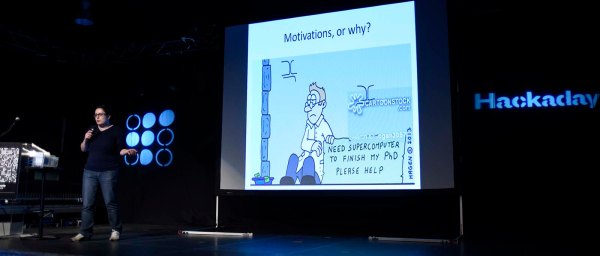What do you get when you cross a modern super-scalar out-of-order CPU core with more traditional microcontroller aspects such as no virtual memory, no memory cache, and no DDR or PCIe controllers? You get the Tesla Dojo, which Chips and Cheese recently did a deep dive on.
It starts with a comparison to the IBM Cell processors. The Cell of the mid-2000s featured something called the SPE (Synergistic Processing Elements). They were smaller cores focused on vector processing or other specialized types of workloads. They didn’t access the main memory and had to be given tasks by the fully featured CPU. Dojo has 1.25MB of SRAM that it can use as working memory with five ports, but it has no cache or virtual memory. It uses DMA to get the information it needs via a mesh system. The front end pulls RISC-V-like (heavily MIPS-inspired) instructions into a small instruction cache and decodes eight instructions per cycle. Continue reading “Tesla’s Dojo Is An Interesting CPU Design”













